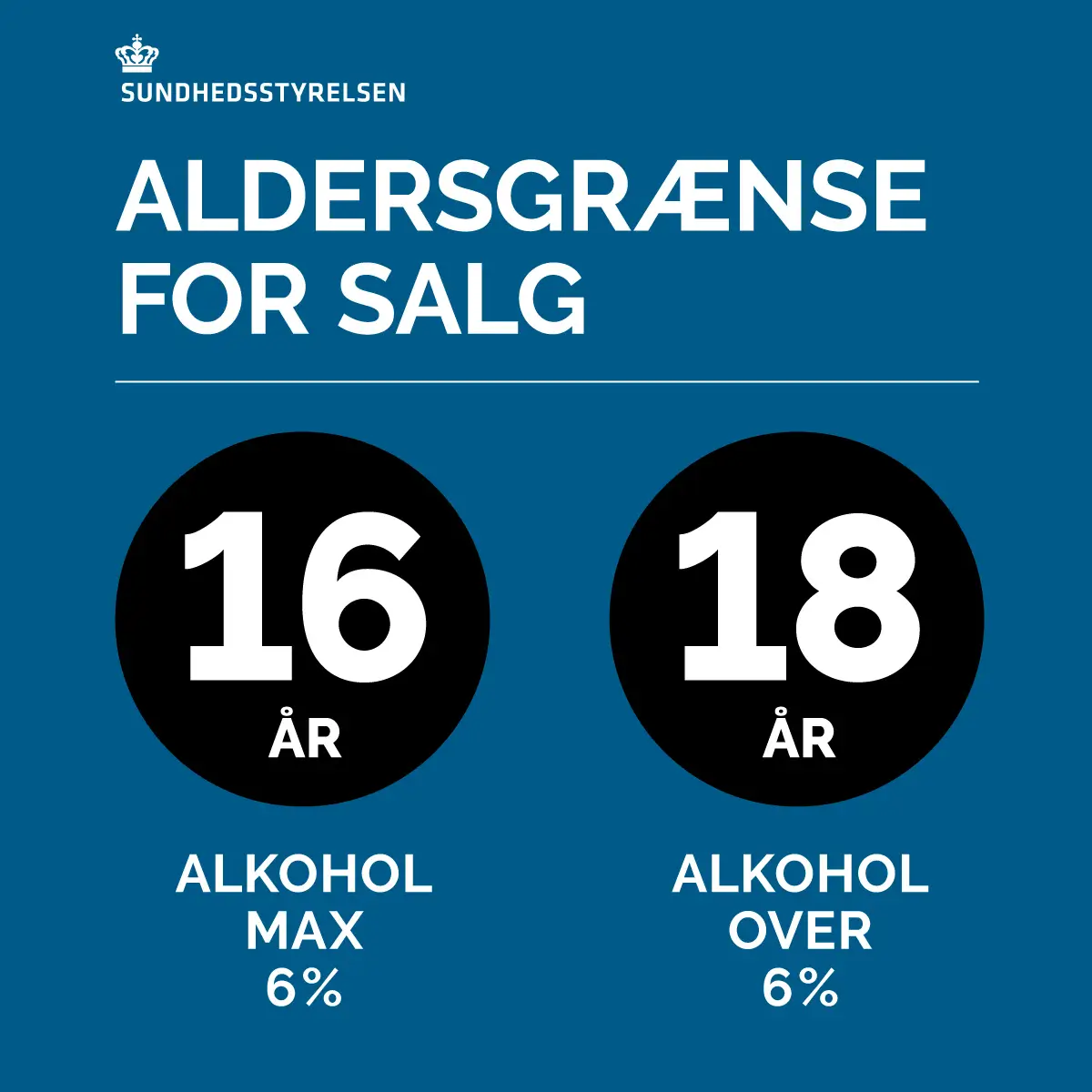Vintage
Vintage Port
(Single harvest year)
Port wine houses produce port wine from their own vineyards, as well as from grapes purchased from smaller farmers. This gives the cellar master the opportunity to "blend" the best batches from a specific vintage to create a product that represents the house's vision of the flagship port wine: Vintage Port. If the wine has the necessary quality, the producer can apply to the Port Wine Institute for approval to sell it as Vintage Port. If the wine is approved, the house has the go-ahead to sell it as vintage. If the wine is not approved, the producer cannot sell it as vintage, and they have several options. They can leave it in casks for a few more years and apply for approval to sell it as LBV, or they can leave it in casks for many years, losing its ruby character. The producer can then use it as Colheita or for Tawny blends.
Production Method
Vintage Port is bottled after 2-3 years of cask aging and then begins a slow maturation in the bottle. There is no filtration of the port wine, and as a result, a sometimes quite strong sediment will form during bottle maturation. It is considered an additional quality that the wine is not filtered, as this gives it a better aging potential. Because of the sediment, decanting is recommended before serving. In the very best years, Vintage has the potential to age for 20-50 years (for those who can wait). The harvest year and bottling year appear on the label.
Vintage Years
When most producers who apply for and receive approval for "Vintage" declare a vintage, this is referred to as a general Vintage declaration, and the year will later be referred to as a "Vintage Year." This actually happens only about 3-4 times every decade, precisely because the wine must meet a certain quality to receive approval.
Aging and Use
Vintage wines are red because they do not spend much time in barrels. The oxidation that occurs in the barrel makes the wine brownish, but during bottle aging, reduction happens instead, and due to the chemical compounds from the grapes, the wine remains red. Specifically, Vintage wines are often so powerful and dense in structure that they can have color nuances resembling purple, Bordeaux, or nearly black. However, if the wine has aged for many years, the color often begins to turn brownish.
Vintage has many uses, reflecting the great diversity that can exist in the wines. Many young, powerful Vintages can be enjoyed with main courses—such as pepper steak, roast beef, or game dishes. Older Vintage wines pair especially well with cheese and charcuterie boards.
Find our selection of Vintage wines here:
Late Bottled Vintage
Late Bottled Vintage (LBV) is typically produced from vintages that do not have the necessary qualities to be declared as Vintage. It is bottled after aging in wooden casks for 4-6 years (2-4 years later than Vintage Port). The extended cask aging has a significant impact on the wine, making it softer and more approachable. LBV was originally created to allow the wine to quickly acquire "Vintage character." This means that it can taste like a vintage that has been aged for many years in the bottle, without the need for waiting those many years. This character is achieved through later bottling, as the extended cask aging allows the wine to develop more rapidly by softening the sharp tannins and changing flavor notes from fresh fruit and berries to figs and other dried fruits.
Aging
Some LBVs are filtered before bottling and are ready to drink as soon as they are available on the shelves. These wines are not always suitable for long-term aging. If the label indicates "Traditional" or "Unfiltered," it means the wine was bottled without prior filtration, allowing it to continue evolving in the bottle and form sediment. There is no definitive answer as to how long Traditional LBV should or can be aged. Taste the wine and judge for yourself. Like Vintage Port, Traditional LBV should be decanted (poured into a decanter) before serving.
You can also tell if the wine should be decanted by examining the type of cork used. Filtered LBVs typically have a cork with a handle, like those used for Malt Whisky, Gammel Dansk, and similar products. Unfiltered LBVs typically use a regular wine cork. Several wine books claim that LBV should be consumed the same evening it is opened. To some extent, I agree with these authors, but I also maintain that really good LBV can stay at its best for 8-10 days after opening, provided the bottle is kept cool or refrigerated, which will slow the "degradation process." The harvest year and bottling year are listed on the label.
Use
The color of LBV wine is often not as dense as that of Vintage, because the wine itself is not as structurally dense. Younger LBVs will have a clear red color, tending towards deep red. Older LBVs, like Vintage, will gradually turn more brownish in color.
LBV is often an excellent everyday wine with many uses. Older LBVs are outstanding with a wide range of cheeses, while younger LBVs can easily accompany a regular main course. If you're lucky, you may find LBVs that are still very fruity and taste strongly of berries—these are perfect for pairing with rice pudding (risalamande).
Find our selection of LBV wines here:
Colheita
"Colheita" means "harvest" in Portuguese, referring to the specific harvest year from which the wine originates. Colheita is made in a similar way to Tawny, but there is one key difference: it comes from a single harvest year – a so-called vintage tawny.
Production and Aging
It is up to the producer to determine when the wine has reached the desired quality in the barrel and is ready for sale. Some producers let Colheita age in the barrel for decades before bottling, while others may only leave it for a decade before they consider it ready. However, the wine must be aged in the barrel for a minimum of 7 years before it can be classified as Colheita. The Port Wine Institute is responsible for determining if the wine can be classified as Colheita, and the harvest year must be documented.
When you purchase a Colheita, both the harvest year and bottling year should be provided, as the time in the barrel is what gives the wine its character and flavor. If this information is not available, it is generally advised not to buy the wine. Colheita is filtered when bottled, so it does not develop further in the bottle. A quality tip: it should not be more than a couple of years since the wine was bottled.
Flavor
The long barrel aging contributes both to the color and flavor of the wine. Due to oxidation in the large oak casks, the wine becomes bronze-colored, rather than the reddish hue typical of Ruby-style wines. Fresh fruit is often absent in these barrel-aged port wines, replaced by dried fruits (fig, date, apricot, etc.), caramel, spices, and a deep, rich complexity.
It is not common for Colheita to be produced every year. The grapes must have a certain quality and strength to hold up to aging for many years in the barrel. Colheita is often not as harmonious in flavor as true Tawny, as it is not a blend where a desired quality can be achieved by adding wine from another year. Colheita often stands out in different directions and has a wide range of flavors, if you're willing to dive into it. This does not mean it is of lesser quality—many people prefer Colheita over regular Tawny, as it can often be more interesting in many ways.
Usage
There is often significant variation between individual Colheitas—even within the same house, there can be notable differences between vintages. In general, Colheita pairs well with a cheese and charcuterie board and a variety of desserts. Which Colheita is especially good for one dish or another can vary, so it's best to experiment and taste your way through.
Find our selection of Colheita wines here:
Ruby
A Ruby is a young port wine with minimal barrel aging. It is filtered just before bottling, so it does not develop further in the bottle. This means that the wine should be consumed within a reasonable time after bottling, both because there is a risk it may spoil and because there is no advantage to waiting—no additional development occurs.
Ruby is often a blend of several very young vintages. After rosé, Fine Ruby is the youngest type of port. There is also a higher-quality version of Ruby, known as Ruby Reserva. The Port Wine Institute is the sole authority that determines what the wine can be labeled as after its samples have been analyzed.
Flavor
The color of Ruby is a nice, red hue, though not as dense as that of Vintage or LBV port wines. Ruby is the classic everyday port wine due to its easy drinkability. The wine’s good flavor comes from its young age, offering hints of cherries, red currants, black currants, cranberries, and other red fruits. It is fresh and lighter in body than either Vintage or LBV, making it ideal for casual drinking when you're not looking for something heavy or meal-like.
Ruby pairs wonderfully with light cheeses and various sausages. We've personally had great success enjoying it with risalamande (a Danish Christmas dessert) on Christmas Eve, as its freshness and berry flavors complement the dish perfectly.
Find our selection of Ruby wines here:
Pink Port
Pink Port (Rosé Port)
The latest innovation in port wine is the so-called Pink Port, essentially a rosé made in the same manner as traditional port. The Port Wine Institute rarely permits the creation of new types of port, but with this variety, they've made an exception, and many are thrilled by this development. Pink Port is actually a Ruby, but it is fermented at low temperatures and with short contact with the grape skins. This results in a lighter pink color compared to a regular Ruby. Pink Port is the youngest type of port wine, often not more than a year old when it is ready to drink. It is filtered before bottling and thus does not develop further in the bottle.
Flavor
Rosé Port tastes unlike any other type of port wine and is quite unique in this regard. It has no barrel aging and is drinkable just a year after harvest. Pink Port has a fresh flavor profile dominated by raspberries and strawberries, and its sweetness is very different from that of other port wines. It is not as dense in structure, and in many ways, it doesn’t seem much like port wine—aside from its place of production and its alcohol content. However, when compared to other rosé wines, it stands out significantly. Rosé Port is stronger in both flavor and structure, offering more wine for the money. Chilled, it is perfect for sipping on a terrace on a summer day.
Find our selection of Rosé wines here:
Tawny
Tawny is a blend of relatively young wines that have all been barrel-aged. Typically, Tawny has an average age of 7 to 10 years, although the blend may contain a mix of very young port wines that are still red, lighter port wines with some barrel aging, or even white port made from green grapes. By blending several harvests, the producer has the ability to craft a wine that suits a desired style. Tawny is divided into Fine Tawny and the more refined Tawny Reserva.
The color of Tawny is brownish due to the barrel aging process, but it can still show reddish hues, particularly because the wines in the blend aren’t old enough for the color to have fully turned brown.
Flavor Profile and Use
Tawny Ports are excellent choices for pairing with lighter cheeses and not-too-heavy desserts. They're great everyday wines because they are not overly heavy or overpowering, making them versatile and easy to enjoy.
Find our selection of Tawny wines here:
10, 20, 30, 40 & 50 Year
True Tawnies are light, barrel-aged port wines with an age indication. All true tawnies are blends of several different vintages. This type of port wine really challenges the winemaker. Here, several different vintages are blended, using several different barrels, and finally sent to the port wine institute for approval.
There are four categories, which are labeled 10 years, 20 years, 30 years, and +40 years. The number of years indicates the age the wine should have the character of. Typically, the content in the bottle is an average of the mentioned years. Certain producers blend with the mentioned year as a minimum. The principle is that the wine in the bottle should taste as if it is, for example, 10, 20, etc. years old, before it is approved by the port wine institute.
The Winery’s Signature
The challenge with true tawny is also that the house, first and foremost, must have a style that can be recognized in the different age types. It's like a signature that appears repeatedly in their wines, allowing buyers to recognize them. Secondly, the Tawny wines should continue to taste approximately the same each time a blend is made. This means that a 10-year-old you drink now should taste the same as if you buy it 10 years from now. The challenge lies in the fact that there is often a limited amount of each of the vintages that the wines are blended from, so it is up to the winemaker to create blends from different vintages that still taste the same.
It is often said that you can be sure of a wine with quality in this category, because the producers can blend a harmonious wine with beautiful flavor nuances, without being as dependent on whether each vintage has the right quality.
Tawnies are fantastic port wines with finesse and elegance rather than pure power. As you move up the age indication, you also move up in quality and complexity. The wines develop in the barrel, but they do not develop further after bottling. Due to the long oxidation process, these wines hold up reasonably well after opening.
Use
Tawnies have a characteristic beautiful bronze-golden color, which the red grapes have developed into during barrel aging. The wines are best suited as an accompaniment to various cheeses and a wide range of different desserts. The oldest wines in this class are often a dessert in themselves and can be enjoyed exclusively on their own. The blend of many vintages in the older wines contributes so much depth and complexity that it is sometimes hard to find the right meal to pair with them, and the flavor nuances in the wines are often enough on their own.
Find our selection of True Tawny wines here:
Very Old Tawny
Mange huse er de senere år begyndt at flaske de helt gamle portvin fra kælderen. Det har givet en helt ny og eksklusiv kategori 'Very Old'. De er således uden yderligere aldersangivelse, men vi forsøger i omtalen af de enkelte vine er indikere alderen af portvinene. Alle vinene er dog ældre end 40 år i blendet og derfor får du her vine med helt uovertruffen kompleksitet og dybde. Hver vin er en hel oplevelse i sig selv.
White Port
In recent years, White Port Wine has become a very popular product. White port wine is made just like Tawny-style (barrel-aged port wine), and thus falls under the same category as these, but the white port wines are exclusively made from green grapes. The barrel aging and oxidation process make the wine not "white" in the traditional sense, as we know it from white wine, but rather a lovely golden color. Most white port wines actually darken with age, while the opposite happens with regular tawny, which tends to get lighter with age.
Types
The quality of the blends and the age categorization are identical to those for Tawny made from red grapes, and we thus find types such as Fine White, White Reserve, 10-year-old White, 20-year-old White, Very Old, Colheitas, etc. Additionally, among the white port wines, we also find the types Dry White and Semi-Dry White, which are a special category of dry wines made only from green grapes. The wines become dry through a longer contact with the skins and seeds and by fermenting the wine further before adding aquadente.
White port wines can be divided into sweetness categories based on their sugar content:
- Extra dry < 40 g/l
- Dry 40-65 g/l
- Semi-dry 65-90 g/l
- Sweet 90-130 g/l
- Very sweet > 130 g/l
Taste
The green grapes are a different variety from the red ones and therefore contribute different flavor nuances to the wine. Often, the wines are fresher and fruitier than regular Tawnies. In the very young white port wines, the freshness is often perfectly balanced with the sweetness. Many white port wines with some age often have notes of various nuts, dried fruits, and flowers.
White port wines can be used for many different purposes. They are a surefire winner as an aperitif, and they are also good as an accompaniment to dishes like fatty fish for starters, and their sweetness makes them a lovely accompaniment to desserts. They often benefit from being chilled. If you're up for it, the white port wines can be mixed with Tonic Water to make a Port Tonic.
Find our selection of White wines here:
















